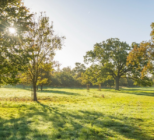We must be vigilant in ensuring that we protect ourselves and our children from the sanitised histories so often sanctioned by those in power, for only the silent cities and landscapes that have borne witness to the great radical events know the truth
In 2017 the National Trust made a significant attempt to pick out topical, national events and provide context and experiences through the relevant histories of its 350 properties. Then it was the 50th anniversary of the Sexual Offences Act 1967, with its Prejudice and Pride programme seeing 25 trust locations reveal their same sex relationship stories, many for the first time. And last year it was Women and Power: The Struggle for Suffrage, where the Trust was able to document the struggles for and against votes for women through the people and places it runs.
This year the national programme, People’s Landscapes: Unearthing Passion and Protest takes inspiration from the 200th anniversary of the Peterloo Massacre and focuses on not just properties but also on the landscapes it looks after where people have fought to express and contest their political rights.
Next year the Trust will celebrate its 125th anniversary, which will be a national event in itself and one where the trust can go to town (and the countryside and coasts) on its history and the role it plays in heritage of England, Wales and Northern Ireland.
Peterloo Massacre
The 200th anniversary of Peterloo Massacre of 16 August 1819 has opened up an opportunity for the Trust to investigate its own relationship with what was essentially a peaceful protest to promote political reform and universal male suffrage in St Peter’s Field, Manchester, but left 18 dead and hundreds injured as the army and police led cavalry charges to disperse the crowd of 60,000-80,000.
This can be seen at Quarry Bank and Dunham Massey in Cheshire, which both have connections to the event. At Quarry Bank, a cotton mill 12 miles from where the incident took place, its founder Samuel Gregand and his son were witnesses to the massacre. According to the Trust they both opposed the subsequent cover-up of the clash and Robert ‘later gave testimony criticising the response’. At Dunham Massey near Altrincham, owner George Harry Grey, 6th Earl of Stamford and Warrington was the Lord Lieutenant of Cheshire and head of that county’s magistrates and militia at the time but wasn’t there on the day.
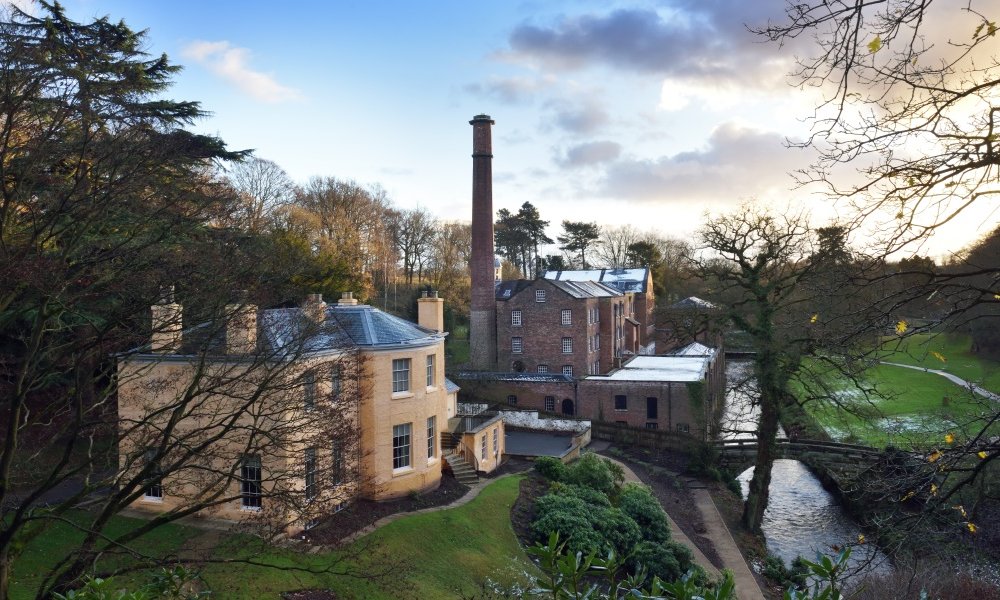
These properties will feature a Trust commission from artist family Grace Surman and Gary Winters and their two young children, Hope and Merrick inspired by conversations with people about rights, responsibilities, freedoms and the power to create change. This artwork will also feature in the Peterloo 2019 commemoration project led by the People’s History Museum and Manchester Histories.
Dunham Massey – along with Attingham Park, Shropshire and Upton House, Warwickshire – will also host Faces of Change: Nature’s Champions an exhibition drawn from the National Portrait Gallery Collection and focusing on individuals who have transformed the ways ‘in which we perceive, experience and aim to protect the natural world’ featuring individuals from 19th century to the present such as Beatrix Potter, who was friends with campaigners Octavia Hill, one of the Trust’s founders, and Hardwick Rawnsley and supported them in preserving the Lake District where she lived.
National programme
The Trust’s landscapes are a prominent feature in the national programme as John Orna-Ornstein, director of curation and experience says: “One of the things that was a conscious and deliberate decision this year was to look at landscapes because the Trust isn’t just about houses, collections and gardens, it’s about landscapes as well. We wanted to explore what our landscapes mean to people and how they are places where people come together.”
The national Trust looks after 618,000 acres of open space and among these is Kinder Scout, in the Peak District which is also part of the People’s Landscapes programme. It was here that in April 1932 hundreds of ramblers trespassed on the land, which eventually led to the Rights of Way Act being passed. In 1982, on the 50th anniversary of the demonstration, the Trust bought the Kinder Estate declaring it ‘open for access in perpetuity’. The Trust is working with Jarvis Cocker and youth groups to better connect surrounding towns and cities with Kinder Scout, and at an event on 27 April at the Winnats Pass Rally it will announce the details of the project.
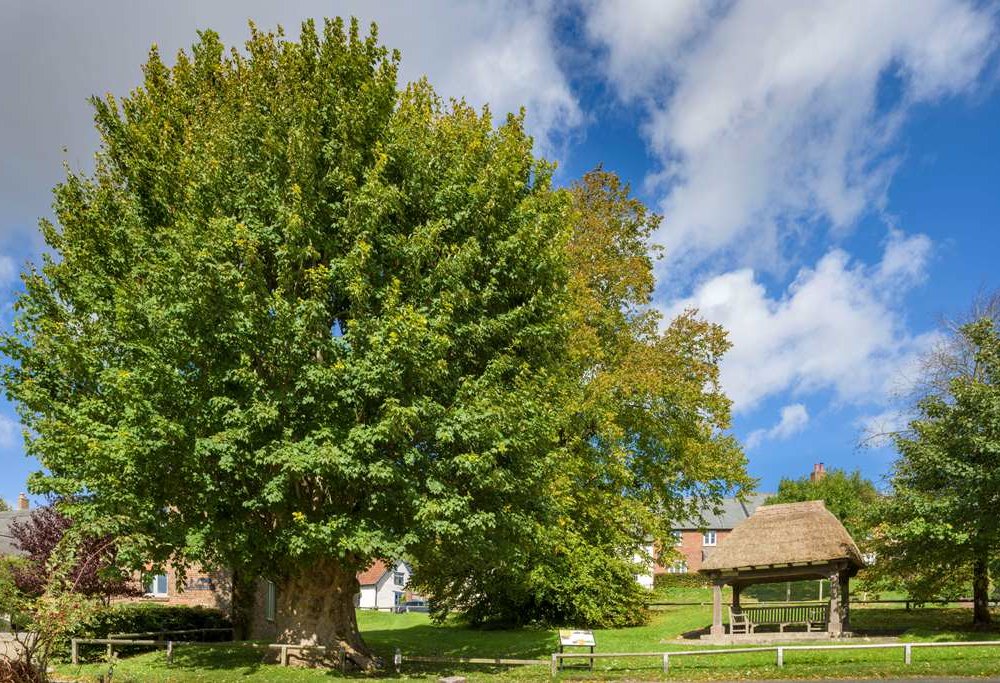
Events will also take place in Dorset at the site of the Tolpuddle Martyr Tree where, in 1834, six agricultural labourers met in Tolpuddle to discuss their poor wages and living conditions, only to be arrested for forming a union and sent to Australia to serve seven years penal labour, thus becoming the Tolpuddle Martyrs. The National Trust looks after the tree and has commissioned Bob and Roberta Smith to produce new works investigating how ordinary people can achieve the extraordinary.
Also part of the outdoors and the People’s Landscape programme is the Durham Heritage Coast, which the Trust says has been shaped by major social and environmental change. Easington Colliery, a kilometre from the sea, once employed 2,000 locals at its peak and 1,400 miners lost their jobs when the pit closed in 1993. Film and photography collective, Amber will work with the local community to explore the miners’ heritage and the former ‘black beaches’ and how that landscape has been cleaned up and is now a haven for wildlife.
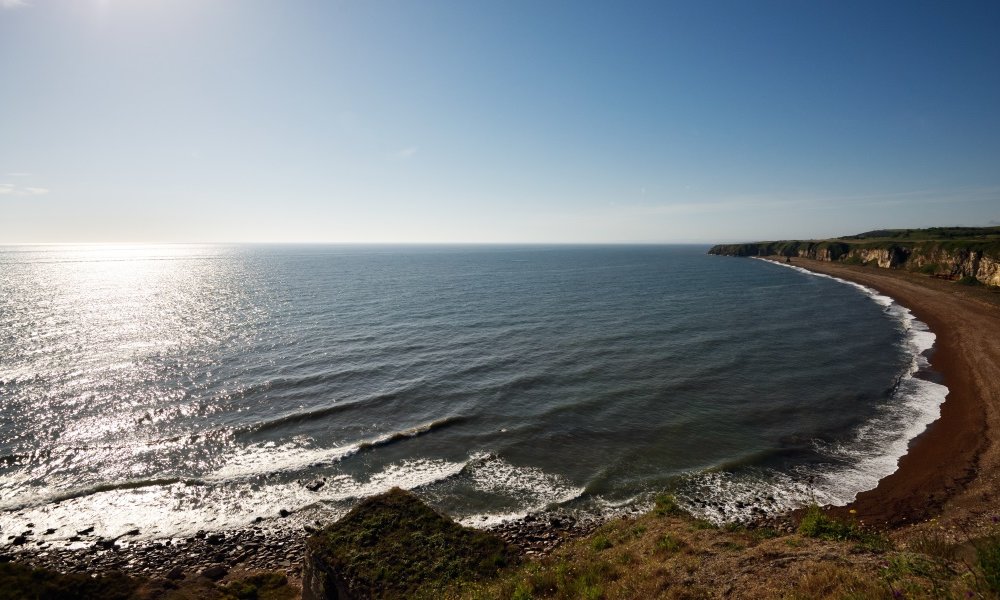
The fight for green spaces is highlighted in a foldout timeline in the People’s Landscapes guidebook. It charts milestones in protests and legislation that opened up green spaces for the public including the 1932 Rights of Way Act passed following the mass trespass at Kinder Scout and the passing of the 1939 Access to Mountains Act, which was first attempted in 1884 and again in 1908 and 1926.
The idea of People’s Landscapes is that the National Trust can open up “a series of events, exhibitions and debates inviting people to look beyond the beauty of our places and find the hidden ghosts within”, says Rachel Lennon, Programme Creator. ‘This significant anniversary [Peterloo 200] causes us to reflect on our own places and the roles they have played in social change.”
More relevant
One of the aims of these national programmes is to make the trust more relevant, which seems to be working. The Trust’s 2018 publication Prejudice and Pride: LGBTQ Heritage and its Contemporary Implications – a collaboration with the University of Leicester’s Research Centre for Museums and Galleries – delved into the findings of the previous year’s national programme and found, in the words of Lennon:
“Across the year more than 350,000 visited LGBTQ+ exhibitions and events at Trust sites and all five million members received the spring edition of the magazine featuring its LGBTQ+ histories. A podcast spotlighting 2,000 years of queer heritage, narrated by Clare Balding was downloaded 17,000 times. More than 300 National Trust staff and staff of all ages attended 17 Pride festivals in England, Wales and Northern Ireland distributing tens of thousands of oak leaf stickers and badges. These badges, subject to considerable controversy across the media, have now been accessioned by the British Museum and People’s History Museum.”
As well as the People’s Landscapes national programme, 2019 will also see the completion and beginning of restoration and conservation projects and new exhibitions and installations. The Trust continues to spend 80 per cent of its funds on the properties, collections and landscapes but it has also made investments in curatorial expertise over the past two years.
In April The Workhouse in Nottinghamshire will see the culmination a five-year restoration project opening up unexplored areas of the site to visitors. The Workhouse, built in 1824, is the most complete of its kind and was the blueprint for workhouses throughout the country.

Among the new restoration projects is a major £3m project at the 18th century Seaton Delaval Hall in Northumberland, which began this month. The project will install a new basement floor, stabilising of the cantilever staircase and portico steps of the Central Hall and re-roofing of the West Wing.
New exhibitions will be introduced at Hughenden, Buckinghamshire, the home of Victorian Prime Minister Benjamin Disraeli, where a permanent exhibition will open in June to tell the story of the house being used as a top-secret site for mapping during the Second World War (this year marks the 80th anniversary of the start of the war), entitled Operation Hillside after the wartime codename. And in London a new exhibition A Home Away from Home: The India Club shines a light on an establishment with links to the India League whose founder members include Krishna Menon, first Indian High Commissioner to the UK and President Nehru. The club quickly grew to be hub for Britain’s burgeoning South Asian community and the exhibition, which closes on 28 February showcase a newly-formed archive of oral history interview carried out by National Trust volunteers.
New installations
Among the new installations and experiences is Sutton Hoo in Suffolk, home to what is considered one of the greatest archaeological discoveries of all time. As part of a £4m project a new route around the site will be created and a 17m high observation tower erected which will offer views of the entire burial ground and the River Deben beyond.
“I think we are certainly using the histories of our places in creative ways this year, I think Calke Abbey is a good example where we are challenging the stories that we ourselves have been telling about the Harpur-Crewe family,” says Orna-Ornstein. “We are using our research to address a very contemporary issue around isolation and loneliness. Using the past to provide a lens on a very contemporary issue that matters to many of our members.”
In its immersive indoor and outdoor exhibition HumanKind – Loneliness and isolation, kindness and compassion, past and present, Calke Abbey in Derbyshire will be using new insights around the reclusive Harpur-Crewe family who lived in the property over two centuries to explore the modern day stigma surrounding loneliness and isolation.
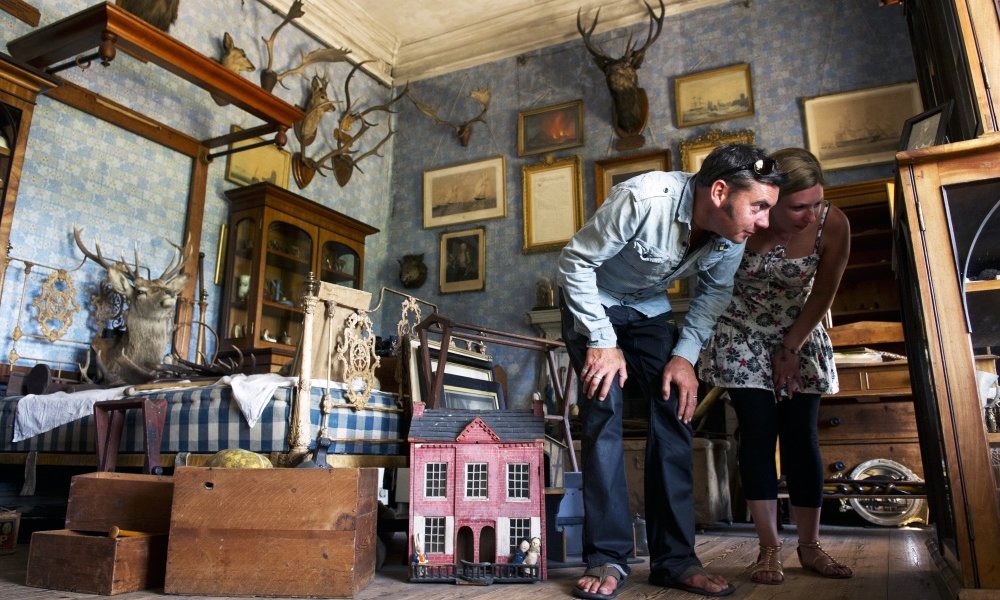
“We are not going out of the way to shock. We want our programme to relevant, interesting, engaging and often joyful. I suppose what we have learnt is that we need a real variety in our programme because we have such a variety of audiences and we want to attract a more diverse audience and tell more stories about the history. If we were only to tell the warm, fuzzy stories, we wouldn’t be doing that.”
At Croome in Worcestershire, built by the sixth Earl of Coventry in 1751 a more recent story will be told from 16 March to 1 July of the property’s use as a boys’ school from 1948. Artist Kashif Nadim Chaudry has worked with ex-pupils and young people in the care system whose voices reminisce about life – good and bad – at the school and explore the question ‘what is home?’
Orna-Ornstein says the Trust is changing in a number of ways, such as investing more in its curatorial team and specialisms. He says that it is this mix of quality, conservation, presentation and research that is driving the change. “There is a dynamism: we are a living cultural resource and are producing more programming than we have ever done before as well as more partnerships and connections, which will be more important going forward.”
And, as next year is the 125th anniversary of the National Trust, we can surely expect to see a celebration of how the charity has evolved since establishing its first nature reserve in 1899 with the purchase of two acres of Wicken Fen, near Cambridge to owning more than 300 heritage properties, looking after 618,000 acres of open space and 780 miles of coastline in England, Wales and Northern Ireland to having a membership of more than five million.


